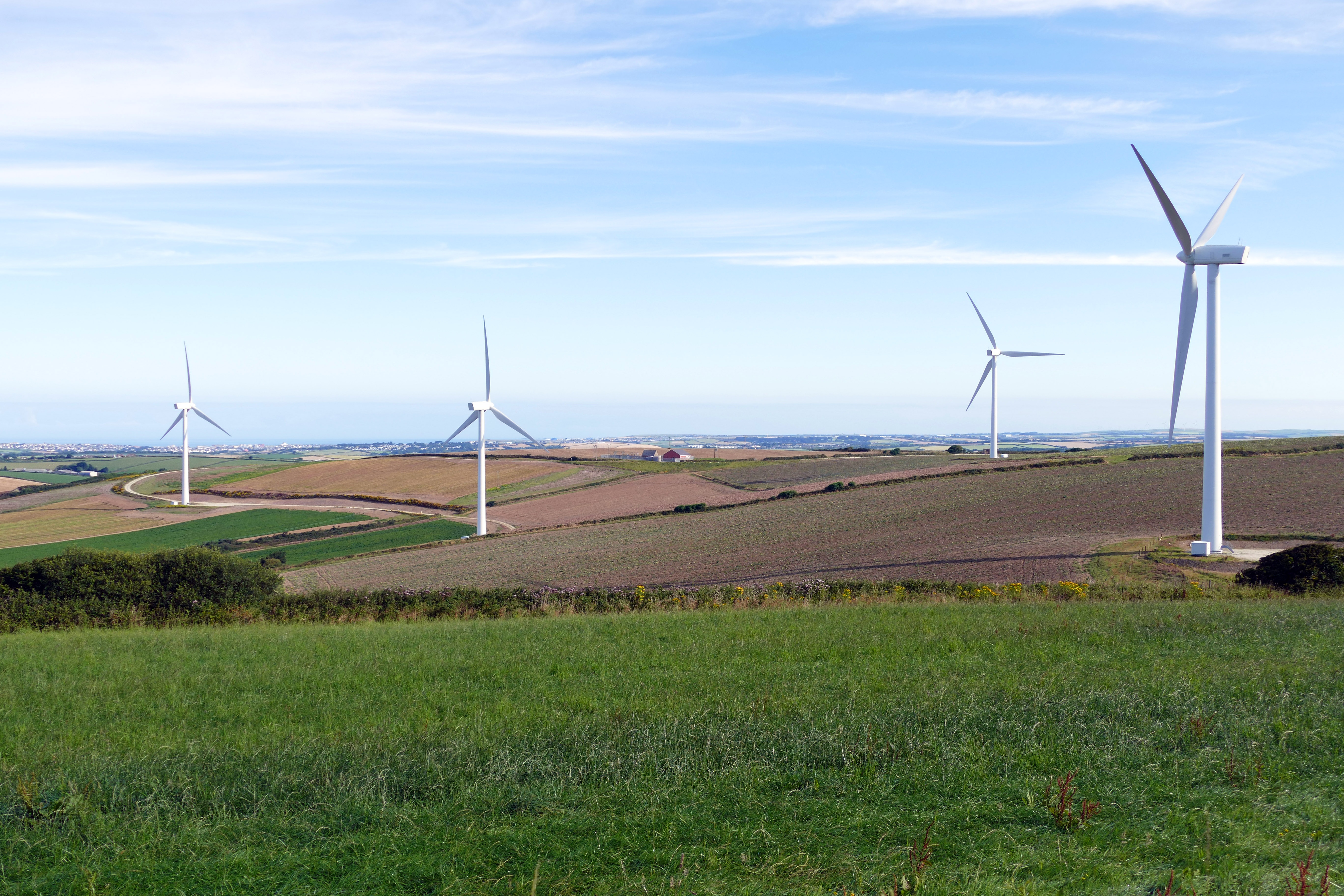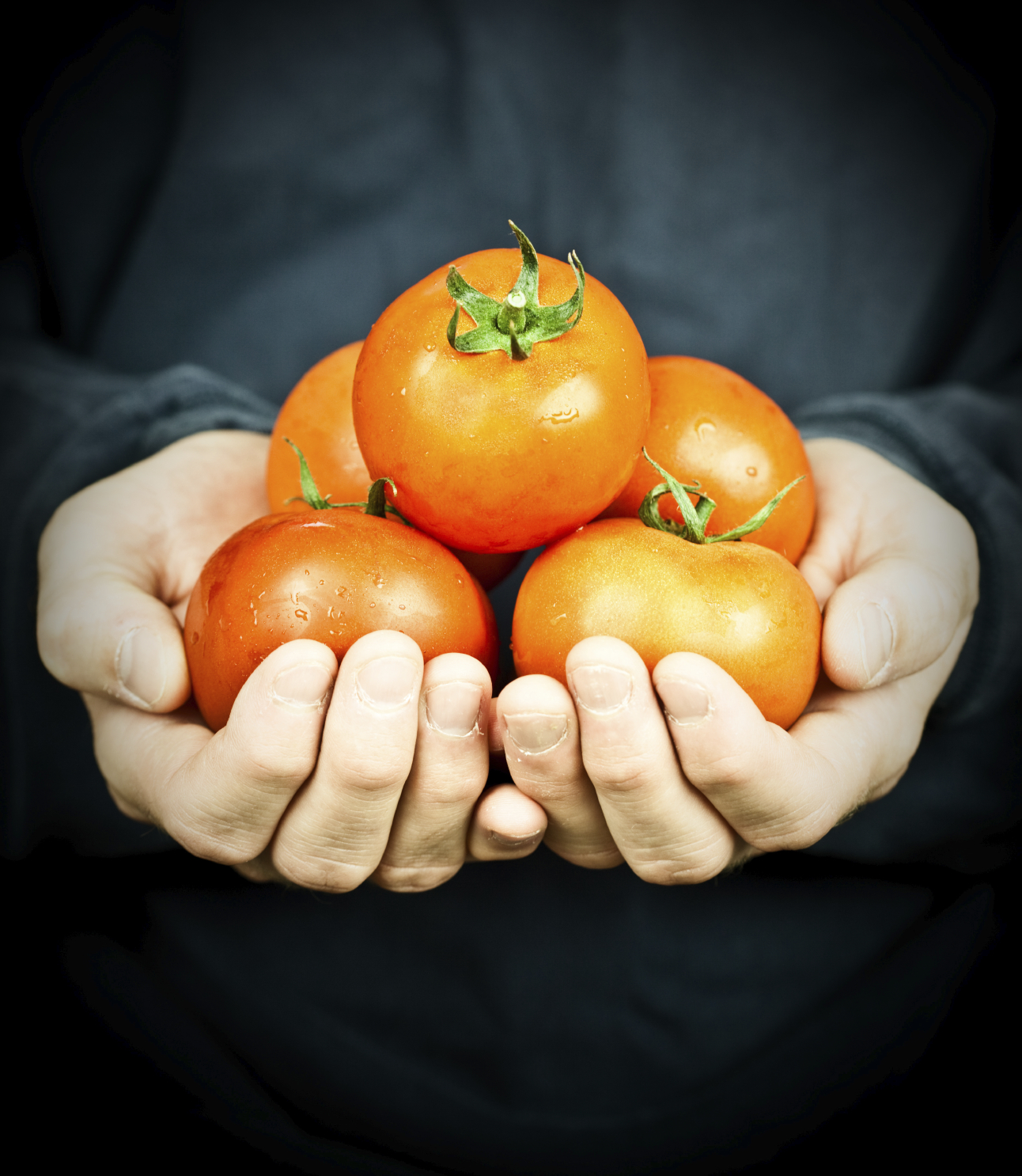It is all about the supply chain
Recently my dad told me that all this sustainable farming stuff is “kind of old news… We were doing this in Holland forever.” He continued, “I remember that the farmer had the cows, chickens and pigs and grew a huge variety of corps that he rotated around and used the animals to help fertilize and cultivate the soil as well as for food. There was never any waste. The system was completely self-reliant.”
This all came back to him when he was in the outer parts of Cambridge, England, and saw the small farms that reminded him of his past. My father was happy to hear that the UK has laws forbidding massive aggregation of small farms or requiring small. This yields an incredible variety of produce and organic food for the markets and restaurants. He was so happy to eat some foods he hasn’t had for eons.
This brings me back to California, where a great new restaurant chain is in the works, Lyfe Kitchen. What a story! Founders are using the same expertise that was learned while building the McDonalds chain to cultivate and deliver delicious healthy organic fast food to the consumer. It is all about the logistics of the supply chain and changes in the preparation and delivery process.
These restaurateurs start with a very interesting and healthy menu and then seek out the right sources of food, those that are growing fresh, sustainably and typically organic food. The practices of these farmers nurture nature and heal the land. They cultivate soils through natural methods and sustain life. These practices are so old that many have forgotten a lot of them, but these post-industrial farmers are learning so much more every season. They are using methods of growing organic with reduced inputs and also leveraging all the labor saving tools in the traditional industrial systems, such as mechanical picking. Furthermore, every day new packaging ideas and transport systems are evolving, which greatly improves shelf life and, ultimately, pricing.
A good small example of this commitment to sourcing healthy food appears in The New York Times. Here, a story about a small dairy farm in Oregon showcases how it transitioned to organic food sources in order to improve the health of the animals and the health of the milk they produce. What the farmer found is that not only did his bottom line improve, but also he was happier with the well being of his farm and his animals.
The bottom line is if we can get out of the mindset of driving down the cost of a pound of food for the highest efficiency and instead look to ways to create a new set of values and cost equation to maximize these values over the entire food chain, we will be far better off as a society. We can do this by working to leverage the traditional knowledge we have and drive new efficient processes into sustainable and organic farming. Then, we will have healthier food, habitat, and people.

